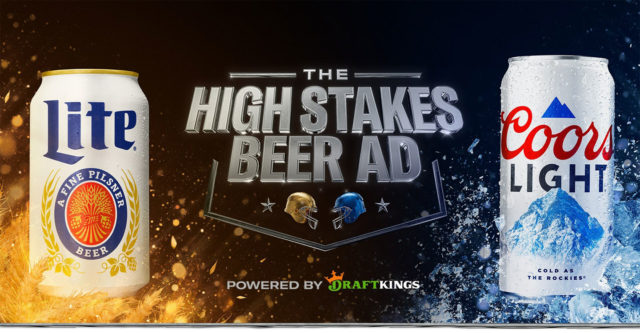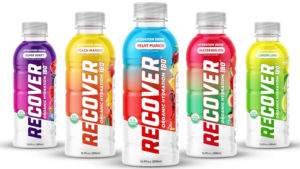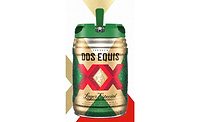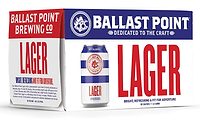As March Madness approaches, basketball analysts will commonly talk about a team’s “resume,” which takes into account wins and losses, rankings in metrics cited by the selection committee, including NET, kenpom.com and KPI, to help determine who’s in, who’s out, and where to seed the teams. Much like the highs and lows of a college basketball season, the U.S. beer market’s resume for 2023 reflected a layered year.
In its December 2023 report titled “Beer – US – 2023,” Chicago-based Mintel details the unbalanced results the category experienced this past year.
“After a few years of uncharacteristic gains, the beer category is settling back into slowed growth consistent with pre-pandemic patterns,” the report states. “It’s an unbalanced market; divided with beer purists tethered to habits in brands and style choice, and those who are seeking BFY, more flavorful pastures within beer, or elsewhere. To remain on the positive side of growth, brands must help both groups re-imagine beer occasions.”
Brian Sudano, CEO and president of S&D Insights LLC, Norwalk, CT, explains that in 2023, “beer declined in the 3 to 4% range in line with wine, while spirits outperformed experience growth driven by RTDs.”
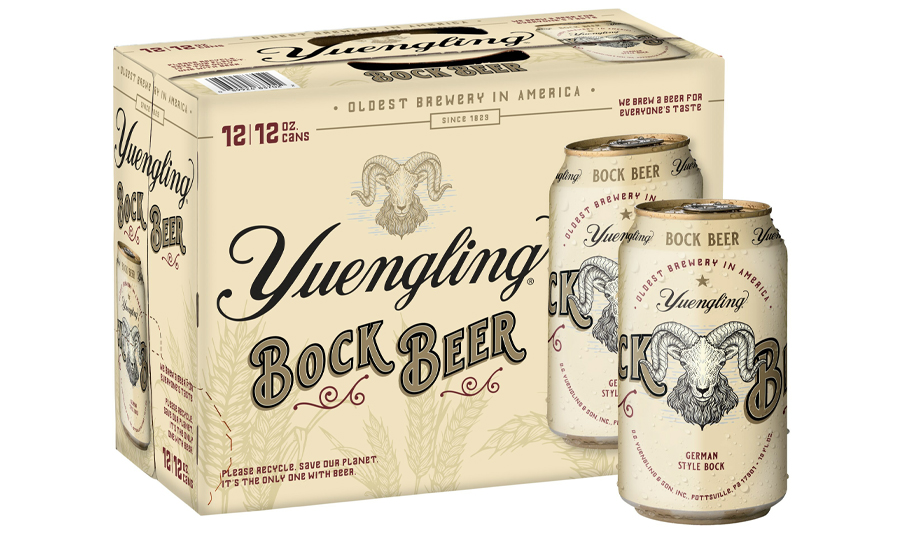
In terms of retail dollar sales, Ryan Toenies, client insights consultant for Circana; and Cara Piotrowski, client insights consultant for Circana, Chicago, note that spirits was still the top performer, but that beer fared better than wine.
“Beer dollar trends were plus 2.6%, which was better than wine at -0.8%, but less than spirits at plus 6%,” they say. “Overall, beer gained dollar share of beverage alcohol plus 0.1 points.”
For the 52 weeks ending Jan. 28 in total U.S. multi-outlets, Circana data shows dollar sales for the overall beer category was $45.7 billion, an increase of 2.1%, while case sales were down 2%. Despite these mixed results, this is an improvement from what was reported in Beverage Industry’s 2023 Beer Report, which showed a dollar sales increase of 0.8%, totaling $44.6 billion, and case sales down 4.8% for the 52 weeks ending Jan. 1, 2023.
Toenies and Piotrowski note that the positive performer for the beer market included imports and flavored malt beverages (FMBs).
“Beer continues to show strong growth within Imports (driven by brands like Modelo Especial), FMBs (flavored malt beverages) are also showing growth driven by Twisted Tea and NA Crossovers like Monsters The Beast and Hard Mountain Dew are helping the segment grow,” they say. “We expect these trends to continue in 2024.”
Despite these gains the beer market did experience its share of challenges, particularly boycotts of brands, in particular Bud Light. Despite this impact on the brand, analysts note this did not result in consumers leaving the category but instead switching brands.
“While brands like Bud Light were boycotted by some consumers, they shifted their dollars to other competitive brands in the category like Coors Light and Miller Lite,” Toenies and Piotrowski say.
S&D Insights’ Sudano also notes that its short-term impact on the overall beer category looks to be nominal, but long-term impact is less solidified.
“Overall the impact was modest on the entire category, accelerated declines in the category of around 1% were driven by this event,” he says. “Its longer term impact is yet to be determined. Some consumers switched to brands within the beer category while others switched to spirit RTDs. There was some brand switching within premium lights but the overall premium lights category saw greater declines in 2023 vs. 2022.”
With ready-to-drink (RTD) cocktails as a growing beverage alcohol segment, this arena could pose the greatest competition for the beer category.
“This area has the greatest interaction with beer,” Sudano says. “FMBs and RTDs both address younger consumers looking for easy to drink alternatives in a convenient format. Both segments are the leading growth segments in overall beverage alcohol. We call it Alternative Adult Beverages, which I believe will lead growth in overall alcohol by a wide margin for the next three years.”
Yet, with moderation impacting alcohol consumption, Jon Berg, vice president of BevAl Thought Leadership at NielsenIQ; and Kaleigh Theriault, director of BevAl Thought Leadership at NielsenIQ, Chicago, explain that competition is coming from beyond beverage alcohol.
“Taking share from other categories is more of a repertoire issue for consumers,” they say. “Shifting categories is highly fragmented. A much bigger concern is recruitment for new shoppers into beer. These shoppers are more impacted by moderation and RTDs from all categories.”
Despite these challenges, beer still has opportunities to engage with new consumers, Mintel notes, pinpointing Gen Z and women while also addressing flavor innovations.
Top Domestic Premium Beers
Source: Circana, Chicago. Total U.S. multi-outlets (grocery, drug, mass merchandisers, convenience, military commissaries, and select club and dollar retail chains) for the 52 weeks ending Jan. 28, 2024.
Top Domestic Super-Premium Beers
Source: Circana, Chicago. Total U.S. multi-outlets (grocery, drug, mass merchandisers, convenience, military commissaries, and select club and dollar retail chains) for the 52 weeks ending Jan. 28, 2024.
Top Domestic sub-Premium Beers
Source: Circana, Chicago. Total U.S. multi-outlets (grocery, drug, mass merchandisers, convenience, military commissaries, and select club and dollar retail chains) for the 52 weeks ending Jan. 28, 2024.
“Brands will need to adapt for a potentially fickle future even among dedicated young beer drinkers,” the report states. “Gen Z are less likely to cite beer as their go-to drink option. While those aged 22-34 are currently the most frequent beer drinkers, they also treat the exploration of new beers as a hobby, challenging not only brands but the category to stay one step ahead with innovation, flavor inspiration and loyalty programs.”
Also noting that women and beer drinkers aged 22-34 were more likely to indicate increased flavor options would prompt more engagement, the report says innovation is just one way to address this consumer interest.
“Inspiring new tastes, and occasions, can come from DIY tips like beer-based cocktails, hybrids, garnishes and rimmers,” it says.
Addressing the home front
As the U.S. beer market looks to bring more consumers into the category, its biggest segment ― domestics ― has stumbled.
For the 52 weeks ending Jan. 28 in total U.S. multi-outlets, Circana data shows dollar sales for the domestic beer segment was $25.9 billion, a decrease of 1.3%, with case sales down 4.4%.
Of the sub-segments that make up domestics ― premium, super-premium, sub-premium and craft ― all saw case sales decline and only sub-premium saw dollar sales increase.
Domestic premium dollar sales were nearly $11.7 billion, a 2.1% decline, with case sales down 5.3%. Domestic super-premium dollar sales were $4.2 billion, a 2.7% decline, with case sales down 4.4%. Domestic sub-premium dollar sales were nearly $5.3 billion, a 1.3% increase, with case sales down 2.8%. And finally craft dollar sales were $4.7 billion, a decrease of 0.8%, with case sales down 4%.
As noted earlier, controversy resulted in declines for the Bud Light brands, but analysts note that many consumers instead of leaving the sub-segment gravitated toward alternative domestic premium brands.
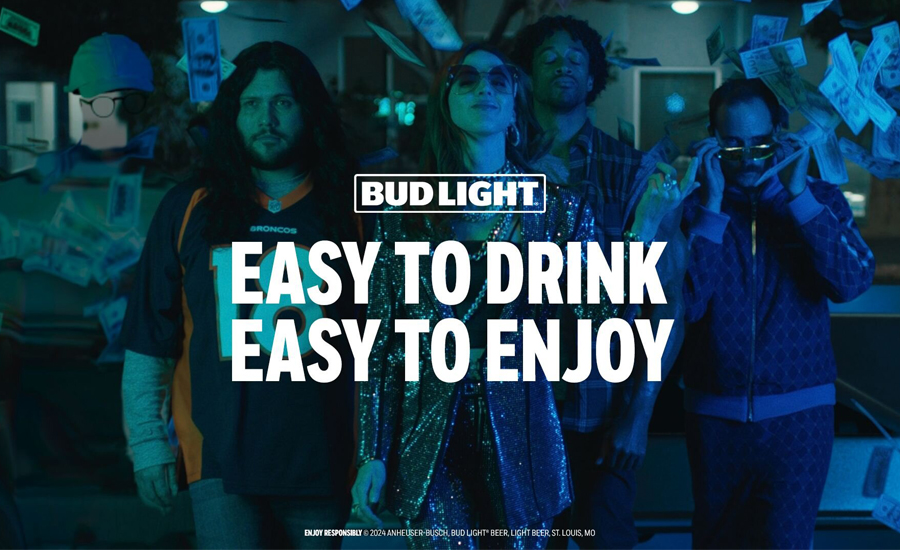
“Much of the losses from Bud Light were absorbed by Coors Light and Miller Lite,” NielsenIQ’s Berg and Theriault say. “But, certainly RTDs have now picked up some additional repertoire as well.”
This shift comes as S&D Insights’ Sudano notes that the macro trend of the past 15 years of lighter beverages and indulgent beverages is making another shift.
“The millennium began with greater velocity and movement toward lighter products (light beer grew and eventually exceeded 50% of total volume), then moved to more indulgent (craft beer), back to lights (hard seltzer) and then back toward indulgent (high ABV and FMBs),” he says. “The pendulum moves back and forth. Now that it is moving more indulgent, the segment will be challenged in 2024.
“This will likely change again in 2025 or 2026, but how will it manifest itself is still an open question,” Sudano continues. “However, it will likely originate in the FMB space or a combination of traditional beer combined with flavors in a more sessionable manner.”
With these shifts taking hold, analysts note that innovation will be vital for domestic beer’s future.
“New product development is focused against different flavor trends, demographic trends and beverage trends within the total market,” Sudano says. “Look for more new products with different type of flavors and ingredients to address macro increasing Hispanic influence and health and wellness.
“While this occurs, it is important to note that imported Mexican Beers remain vibrant as it balances taste and mouth feel as well as consumer connections,” he continues. “Consistency in branding remains a tailwind. This demonstrates that consumers aren’t moving totally away from traditional beer but requires strong and consistent messaging.”
NielsenIQ’s Berg and Theriault also note the importance of innovation in flavors, as well as packaging.
“Line extension innovation around packaging and product characteristics continue to play a key role with this segment, as does advertising efforts such as the Super Bowl,” they say.
Meanwhile, Circana’s Toenies and Piotrowski highlight that better-for-you could play an important role for domestic’s resurgence.
“We are still seeing newer betterment offerings like Yuengling Flight have success in the past few years,” they say.
Despite these efforts another challenge is looming over domestic beer and that is strikes at production facilities. In mid-February members of Teamsters Local 997 at Molson Coors in Fort Worth, Texas, voted to strike, shutting down production at the facility.
This comes after Teamsters at 12 Anheuser-Busch facilities voted to authorize a strike should the company fail to reach agreement on a new five-year deal. The deadline for the contract was Feb. 29. As of press time, a deal had not been reached.
With this stoppage, the impact on the domestic beer landscape is not to be understated.
“Beer is a perishable product that needs constant delivery cycles to maintain freshness and stay in stock,” NielsenIQ’s Berg and Theriault say. “If the supply chain is disrupted, it could easily effect brand performance.”
S&D Insights’ Sudano elaborates that this comes at a time when consumers might show a willingness to leave the category.
“Disruption of product on the shelf will create challenges to the category,” he says. “The space could temporarily be replaced by categories outside of beer. Biggest issue is how it impacts the market leader that has already suffered disruption from last year’s Bud Light event.”
Circana’s Toenies and Piotrowski, however, note that consumers might opt for different beer brands in a short-term basis should supplies be impacted.
“Depending on the duration of the strike it could have an impact on the category,” they say. “We did see from the controversy this year that consumers will shift to other domestics from other brewers to meet their needs more than likely in the short term.”
As domestic beer contends with new challenges, the segment will look to build out its resume to change course.
